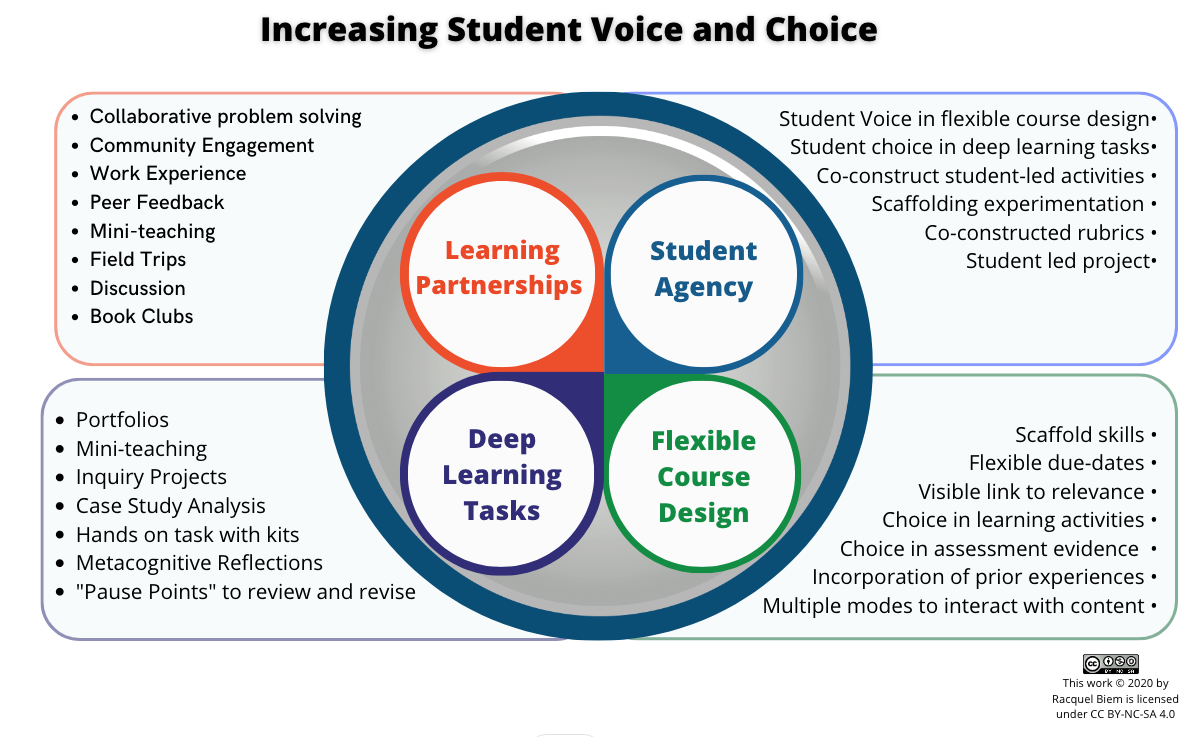Making Space for Challenging Conversations
There have always been “sensitive” topics that do or may come up in classes. They may be introduced by an educator or by a learner. They may be planned or arise organically. Even if the topic is introduced intentionally, it may seem there is little to prevent the conversation from deviating into unproductive or emotionally charged exchanges.
The GMCTL has offered a workshop on Challenging Conversations for several years to help instructors develop skills and learn tips for facilitating such conversations. In that workshop, we’ve discussed the differences between four types of environments instructors can create where these discussions may take place: open, safe, brave, and accountable.
Open Space
An open space involves an almost anything-goes principle in the context of challenging conversations. The idea is that learners will face challenging conversations beyond the university. They need to accept that controversial, possibly offensive things will be said in front of them or to them, so the classroom space models that “real world” context.
Safe Space
Safe space is a term we’ve heard a lot of over the past couple of decades. A safe classroom often sets boundaries on what may be said to avoid offence. A classroom like this may make some or even most students feel “safe,” but it is unlikely to reflect a “real world” context. For a safe space to exist, instructors must work to set clear boundaries early on.
Brave Space
A brave space takes some ideas from both open and safe spaces. In a brave space, learners and instructors are encouraged to be authentic and speak out about what they see as offensive comments, whether directed at them or not. Theoretically, such a space may be closer to the “real world” because it may mirror an open space and learners are encouraged to speak up. Still, the onus for responding to offensive comments will often fall on members of marginalized groups who may already carry the burden of discrimination.
Accountable Space
Accountable spaces are like brave spaces, except greater responsibility falls on those outside marginalized groups to speak up and hold those who make offensive comments accountable, whether they intended malice or not.
Accountable and brave spaces both require instructors to model and foster an environment that includes reflecting on positionality and privilege.
For the “real world” to change and bigotry and polarization to be reduced, students must learn to speak up for themselves and also for those who, for one reason or another, may not feel they can. Students must learn to engage in constructive, challenging conversations that allow them to learn about the perspectives and experiences of others.
You can learn more about accountable spaces in the article “Safe and Brave Spaces Don’t Work (and What You Can Do Instead).”
Featured image by Andy Barbour: https://www.pexels.com/photo/students-in-group-study-inside-a-library-6684551/
